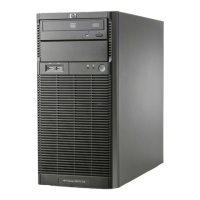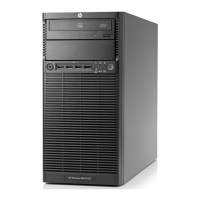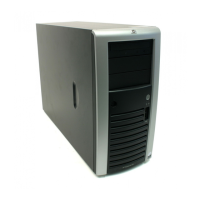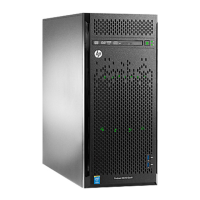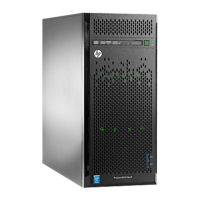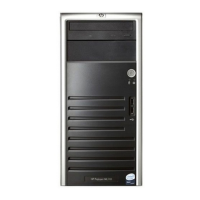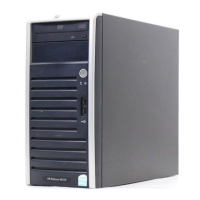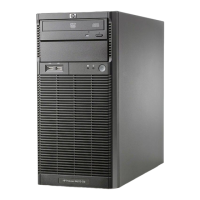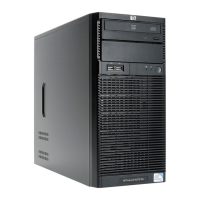Installing Red Hat Enterprise Linux ES 2.1
If you have a driver disk:
a. Type the parameter below and then press Enter.
linux dd
b. Press Yes.
c. Insert the driver disk, then press OK.
d. Proceed to Phase 2 to continue with the installation.
2. Press Enter to start installation using the graphical interface.
The installation program now displays a graphical interface. You can proceed through the
customization of your installation.
Phase 2 - Customizing the Installation
Using the GUI installation, you will have an on-screen description of each possible selection
displayed on the left of the screen.
Language Selection
Default is English. Click Next to continue.
Keyboard Configuration
Your HP server comes with a Generic 104-key PC keyboard.
NOTE: If you wish to change your keyboard type after you have booted your Red Hat Linux system,
you may use the /usr/sbin/kbdconfig command.
After selecting the appropriate option for the keyboard layout type, click Next to continue.
Mouse Configuration
Your HP server comes with a 2-button PS/2 mouse.
After selecting the appropriate option for the mouse type, click Next to continue.
Welcome to Red Hat Enterprise Linux ES
Click Next to continue.
Install Options
HP recommends selecting the Custom installation option.
7-2 HP ProLiant ML110 Server Network Operating System Installation Guide

